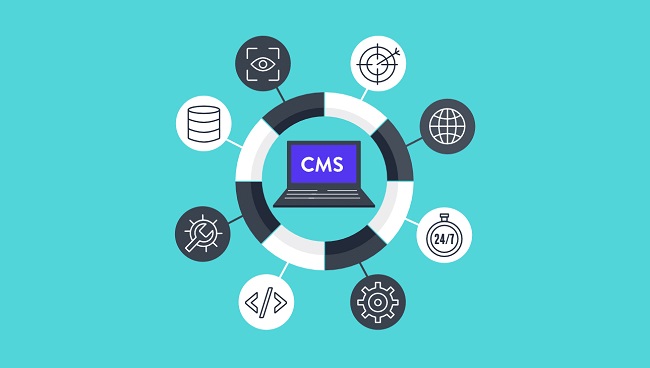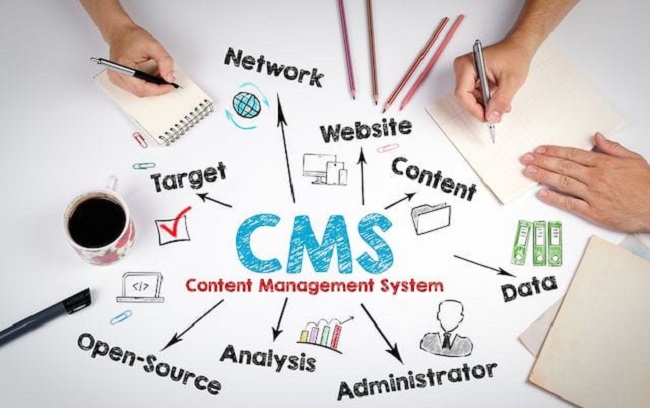The most effective content management system is one that incorporates your communications, workflow, and content marketing tools. It is one of the most important digital tools for streamlining communication and teamwork in any business.

Contents
What Exactly is a Content Management System?
Companies may manage digital material with the use of a content management system (CMS). These Technologies enable the whole CMS web development company to produce, edit, arrange, and publish information.
It acts as a central repository for information and provides automated processes for group collaboration in the creation and upkeep of digital content. Based on their jobs, people are given certain rights and obligations.
For instance, writers may upload and store their work, but editors can modify and publish it. In addition to allowing others in the company to edit or modify material, administrators have access to all of these functions.
A CMS makes it simpler to create and manage websites and website content with the least amount of technical overhead, which helps to develop better content rather than acting as a project or traffic manager.
A content management system (CMS) enables businesses to manage and distribute their material without spending money on a full-time content production staff.
Read Also:
A Content Management System’s Advantages
One of a CMS’s key advantages is its collaborative nature. Content may be contributed to, scheduled for publication, or managed by some editors. A CMS may be accessible from any location by an unlimited number of users since the user interface is often Browser-based.
The ease with which non-technical users who don’t know programming languages may simply develop and maintain their material is a CMS’s second key benefit. Without any previous understanding of HTML or CSS, users may add text and upload images using the drag-and-drop editors of a standard content management system (programming languages).
When a Business publishes its web pages using a CMS, it lessens the need for front-end developers to make updates to the website. This makes it faster and simpler to publish new web pages, which enhances the user and visitor experience online.
Using a Content Management System to Create a Website
Want to create a content management system for your website? If so, the overall procedure resembles what follows:
- Purchase a domain name and web hosting.
- Install the preferred content management system on your website server.
- Set up a content management system to control the appearance and functionality of your website.
- With the interface of the content management system, begin creating material.

Content Management System Types
Content management systems come in a variety of forms, each with particular features and functionalities. Following are a few of the most typical CMS types:
A Mechanism for Managing Online Content
This kind of CMS is made especially for creating, managing, and publishing website content. WCMS offers a variety of tools, including templates, content editing tools, and collaborative capabilities, to aid in the building and maintenance of websites.
System for Managing Documents
A DMS is made to handle electronic documents including spreadsheets, Word documents, and PDFs. It offers functions including document security, document searching, and version control.
Management of Learning
An LMS is a kind of content management system (CMS) used to create and manage online learning materials including training courses and programs. Tools for creating courses, student monitoring, and reporting functionalities are all included in LMS features.
CMS for eCommerce
Online storefronts, product listings, and payment processing are all managed by e-commerce content management systems (CMS). Typical features include the integration of payment gateways, shopping cart capabilities, and inventory management.
System for Managing Social Media
An SMMS is designed to handle social media campaigns and accounts. It offers resources for scheduling, analytics, and content development.
Headless CMS
An IoT device or a mobile App are examples of alternative applications or devices that may access content from a headless CMS. It offers an API for retrieving material, which may be shown in a variety of situations and forms.
Read Also:
Conclusion
Small start-ups and large enterprises alike use their unique content management systems nowadays. From web content and sales brochures to electronic bills and receipts, they design, publish, and manage all of their digital information.
Making your own CMS is challenging. Because of this, few developers do it. But even if it requires a lot of effort and money, you should surely follow through if you have a picture in your brain that you don’t want to let go of.






























